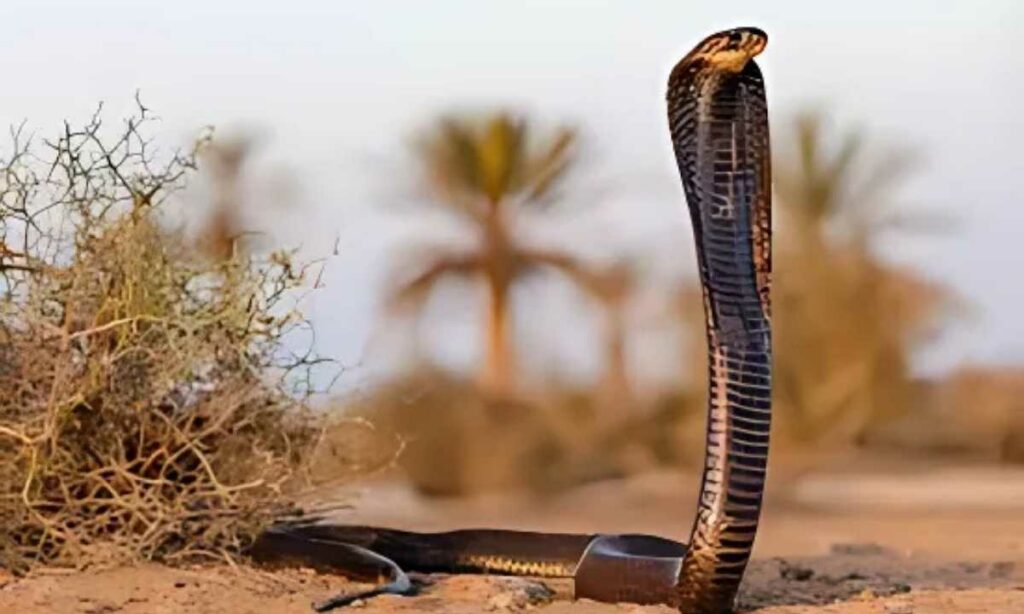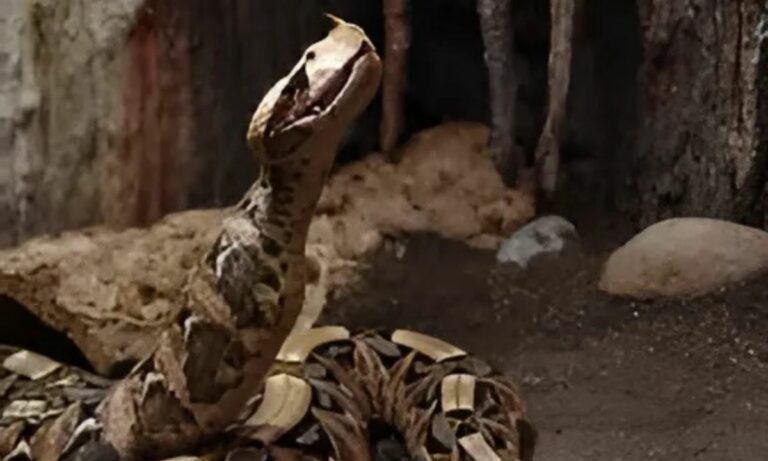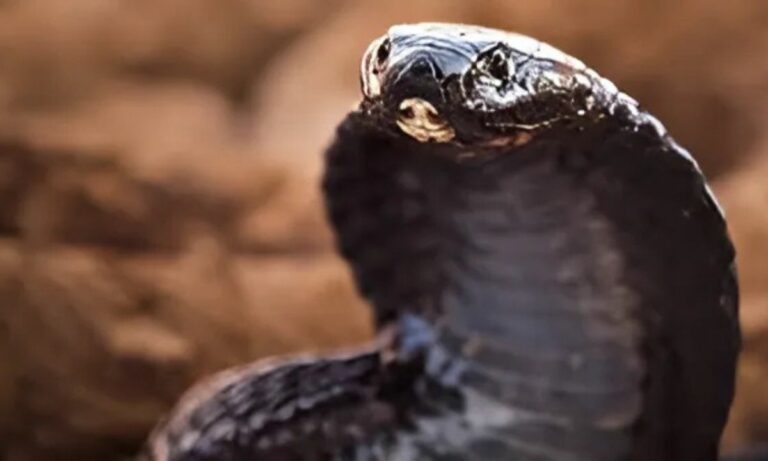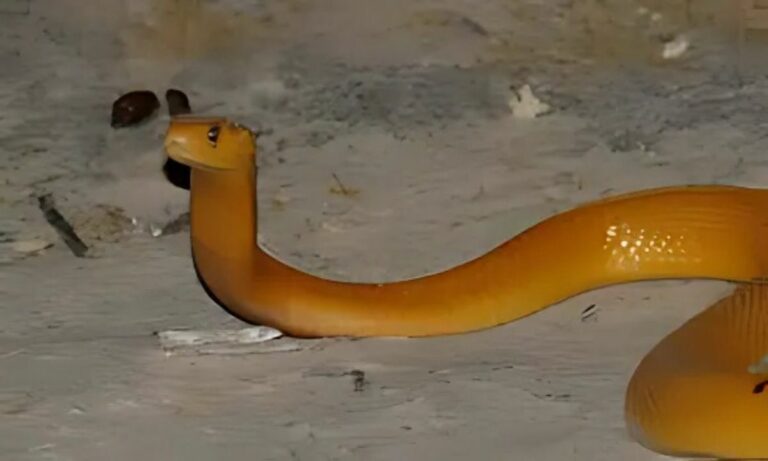Is the Egyptian Cobra Deadly? The Truth About This Venomous Snake
Discover the Egyptian cobra: its lethal venom, where it lives, and how it hunts. Learn how to stay safe from this iconic but dangerous serpent!
Scientific Name and Identification
The Egyptian cobra, scientifically known as Naja haje, is one of Africa’s most recognizable venomous snakes. With its iconic hood and intimidating stance, it’s no wonder this snake has been feared and revered throughout history.
Where Does the Egyptian Cobra Live?
This species is primarily found in:
- North Africa
- Parts of the Sahara
- The Arabian Peninsula
You’ll typically spot them in arid regions, near water sources, or even in agricultural areas where rodents are plentiful.
Just How Venomous Is It?
Extremely dangerous! The Egyptian cobra’s venom contains powerful neurotoxins that can cause respiratory failure. Without prompt treatment, a bite can be fatal to humans. But here’s something interesting – they’d rather avoid confrontation if possible.
Diet and Hunting Behavior
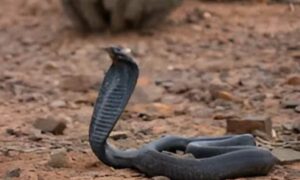
These cobras aren’t picky eaters. Their menu includes:
- Small mammals
- Birds and eggs
- Other snakes
- Lizards
They’re active hunters, using their excellent sense of smell to track prey rather than waiting ambush-style like some snakes.
Habitat and Daily Life
Ever wondered where these cobras spend their time? They’re quite adaptable, making homes in:
- Rocky outcrops
- Desert edges
- Abandoned burrows
- Near human settlements
During the hottest parts of the day, they’ll seek shelter, becoming more active in the early morning and evening.
Cultural Significance
Did you know this snake has quite the royal history? The Egyptian cobra was:
- Symbol of ancient pharaohs
- Featured in Cleopatra’s death
- Worshipped as a deity
Today, it remains an important part of local folklore and is sometimes used by snake charmers (though we don’t recommend getting too close!).
What to Do If You Encounter One
Spotting an Egyptian cobra in the wild? Here’s what experts recommend:
- Stay calm and still
- Back away slowly
- Avoid sudden movements
- Never attempt to handle it
Remember, these snakes can strike with incredible speed – their reach is about one-third of their body length!
Conservation Status
While not currently endangered, habitat loss and persecution threaten local populations. Surprisingly, they play a crucial role in controlling:
- Rodent populations
- Other pest species
So next time you hear about cobras, remember – they’re an important part of the ecosystem!
